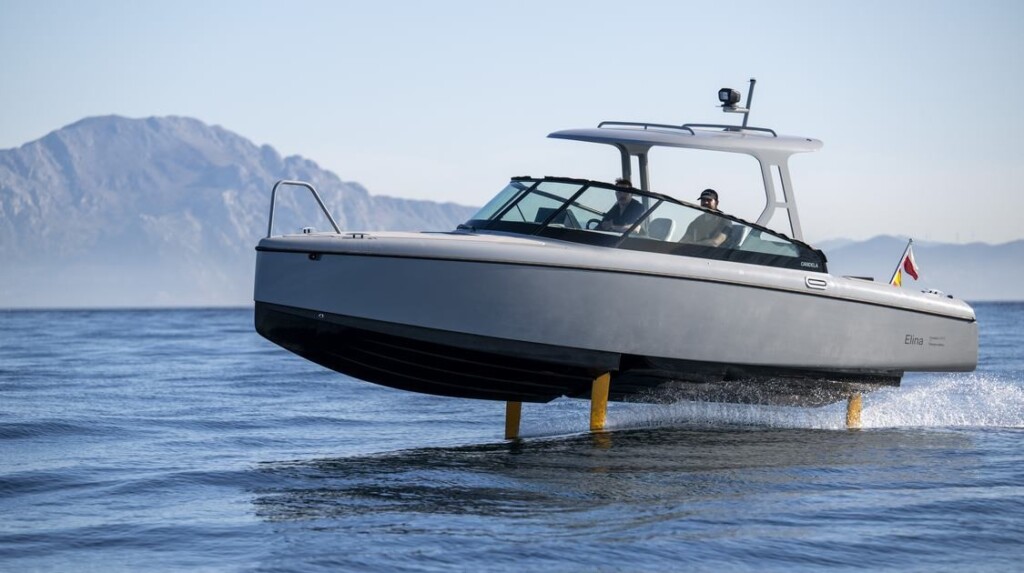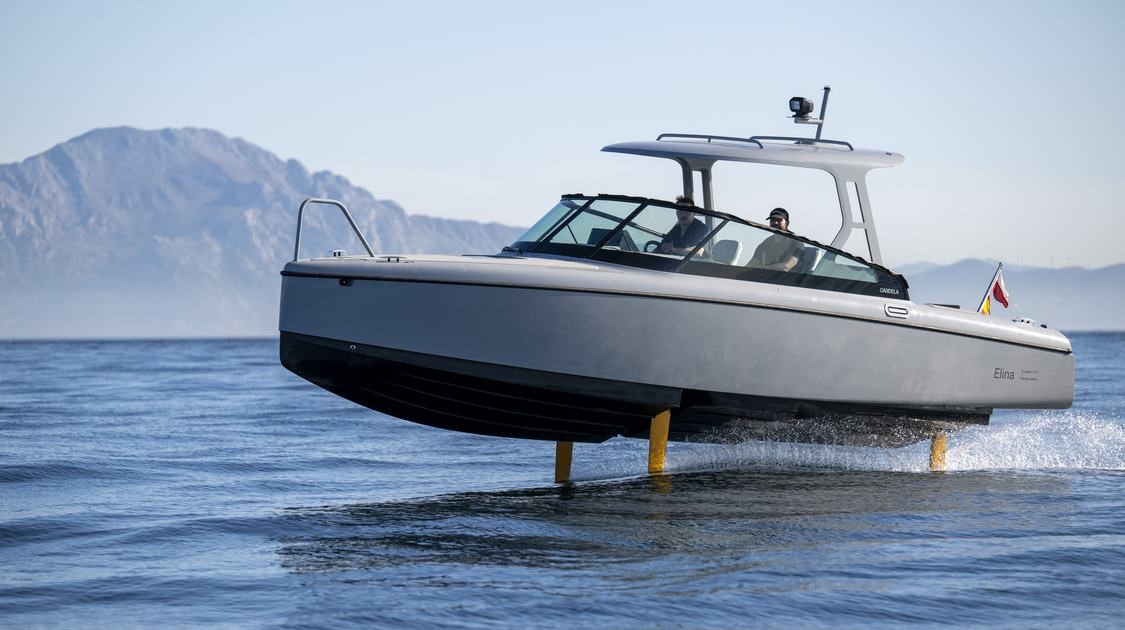
An electric ferryboat has gone from Spain to Africa and back in the same day, proving decarbonization of strait crossings is possible.
The Swedish-made vessel traveled from Sotogrande, Spain, to Ceuta, North Africa—a 24-nautical mile trip—in just over one hour, matching the speed of conventional fast ferries. After recharging, the vessel returned to the Spanish mainland the same day.
GNN previously reported on the Candela P-12 electric ferryboat entering service in Stockholm’s public transport system ahead of its mass-production roll out last year. In 2023, it had passed all of its performance tests with flying colors, achieving 30 knots per-hour with a battery life of 50 knots.
Now, another major test has been overcome with another vessel—the first-ever intercontinental sea crossing by an all-electric boat.
“There’s a clear need for additional fast, clean, and efficient travel options across the Mediterranean—and for direct lines that wouldn’t be economically viable with larger, conventional vessels,” said Gustav Hasselskog, CEO of Candela and pilot during the crossing.
“We can help meet this demand, working alongside existing operators and ferries to boost connectivity and cut emissions—not just across the Strait but also along the coast, for example connecting cities along the Costa del Sol.”
The crossing was made with the Candela C-8 Polestar edition which carries the same 67 kWh battery pack as the Polestar SUV—a European EV make under the Volvo brand. Targeted at underserved coastal communities who live far from the terminals of the massive diesel car ferries that ply the strait, the low cost of running and fuel is ideal for these smaller operations.
DECARBONIZING SAILING: Pioneering Zero-Emissions Hydrogen Fuel-Cell-Powered Ship Successfully Tested in Japan
Beneath the surface of the Candela, two hydrofoils—or underwater wings—lift the C-8 above the water, drastically reducing drag and cutting energy consumption by 80% over conventional fast vessels. This breakthrough enables the long electric range needed to cross the Strait of Gibraltar—one of the world’s busiest shipping lanes—for the first time.
Sitting where cold Atlantic waters meet the warmer Mediterranean, the strait is known for strong currents and unpredictable seas, making conditions challenging for smaller vessels and uncomfortable for passengers prone to seasickness.
A SIMILAR BOAT MAKING WAVES IN THE US: First Flying Electric Ferry in US Will Shuttle Lake Tahoe Crowds With Zero Emissions
This made it an ideal test for Candela’s computer-controlled hydrofoil system, which is often described as a “magic pill” for motion sickness. Using sensors to detect waves, wind, and current, the system automatically adjusts the hydrofoils up to 100 times per second—delivering a ride that feels more like flying than boating.
During the voyage, the Candela C-8 used just 40 kWh of energy—about $10 worth. By comparison, the similarly sized gasoline-powered photo boat burned over 10 gallons of fuel, costing around $100.
WATCH the Candela make its crossing…
SHARE This Impressive Sailing Design With Your Friends On Social Media…


Leave a Reply